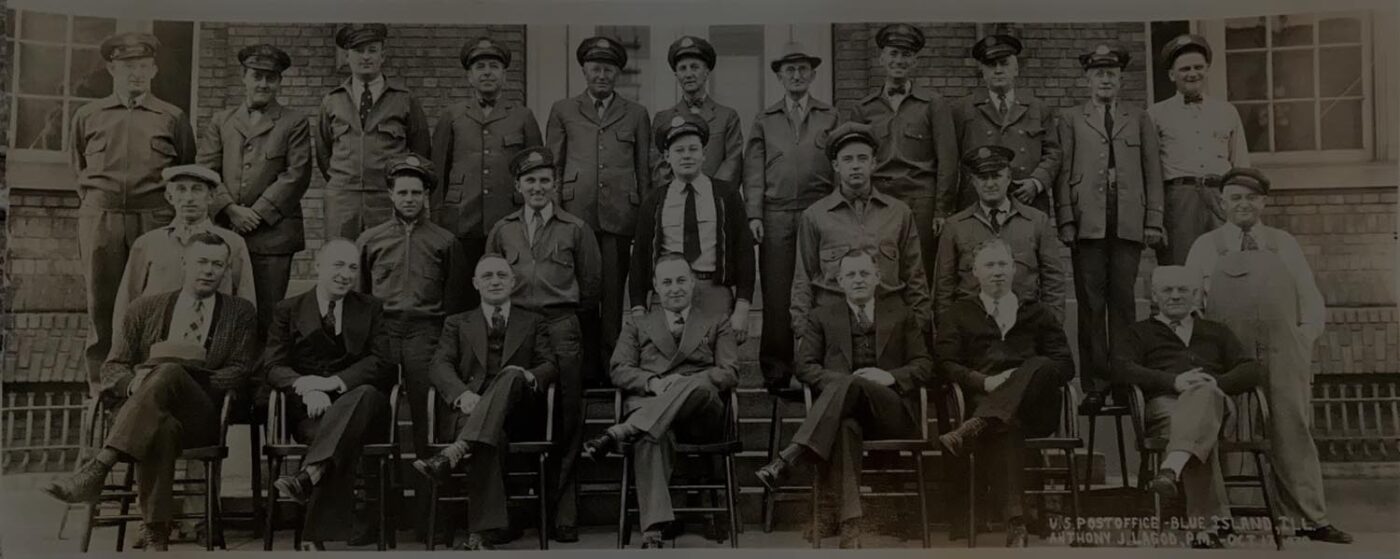The Construction of the Rock Island and Chicago rail line from Blue Island to Joliet was completed in 1852, quickly transforming Blue Island from a stop along the Vincennes Trail to a major hub of rail and trade. This October 13, 1852 article from the Chicago Daily Democrat (now the Chicago Tribune) tells the story of the day “The Rocket” first steamed out of Blue Island to Joliet. Since no means yet existed to turn the engine around at either stop, these first trips from Joliet back to Blue Island were done in reverse…

“Very quiet and efficient are the men who have in hand the building and equipping of the Chicago and Rock Island Railroad. They started their first train to Joliet Sunday morning the 10th, at ten o’clock, without the blowing of trumpets or the firing of guns. We went along and found Mr. Gilmore, the efficient superintendent, giving his personal attention to those interests confided in him. Most of the distance the road passes through prairie, though, now and then, it crosses groves of timber. Within two or three miles of Joliet it enters the valley of Hickory creek. The station on the road are as follow: Junction, six miles from Chicago: Blue Island, fifteen miles; Bremen (now Tinley Park), twenty-three miles; Mokena twenty-nine miles. We noted as fellow travelers Mr. Farnam, the contractor; Mr. Jervis, the chief engineer; the Hon. J. A. Matteson, of Joliet, contractor under Mr. Farnam for the completed portion of the road; Mr. Judd of Chicago and many other well-known citizens.

The locomotive, the “Rocket,” in charge of James Lendabarker, formerly an engineer on one of the lake boats, handled the six new and beautifully-painted coaches in good shape, unmindful of the crowd they contained, making the run to Joliet easily in two hours. Conductor N. W. Wheeler was in charge of the train and appeared as gracious to the inquiring passengers as was his custom when aboard one of the Canal packet boats. For a new road we may say it is remarkable for its smoothness and solidity. Those portions of it which are already ballasted are equal in these respects to the best constructed Eastern roads.”


